by Frieda Wishinsky
A quiet and shy man who shook the world. In 2000 TIME magazine chose Albert Einstein as the Person of the Century (20th). The article makes a good case that his work on atomics, photo electronics, and even politics has contributed more to the information age than it did to the atomic age. His work on atomic fission is well known, but some of his most renowned work enabled laser and biochemical advances that have impacted electronics, medicine, engineering, and even the Middle East conflict.
His vocal opposition to the Nazi party in Germany resulted in his being condemned in absentia, but he continued his opposition from Princeton University where he taught. He traveled and spoke widely to audiences raising funds and consciousness for the creation of a place for Jews in Palestine. His work there was so impactful that he was offered the Presidency of the State of Israel. He refused on grounds of poor health.
The biography focuses on his humanism, his opposition to militarism, and his seeming conflicts. He helped to engender the image of the iconic scientist who can read the secrets of the cosmos but can’t comb his hair or put on matching socks. A feat he accomplished regularly. The attempts to control or contain him were many. The Chancellor of Princeton University actually set up all of Einstein’s correspondence to go through the Chancellery. All incoming and outgoing calls for Einstein were screened there. This was frustrating for the elder scientist, but he bore it until President Roosevelt called to invite Einstein to the White House, and the Chancellor refused because he didn’t like the democratic president. Einstein rushed to the office, and from that moment the Chancellery no longer screened any calls or mail.
His accomplishments as a scientist came without a laboratory. When asked what facilities he would need at Princeton he replied, “A desk, a chair, and a pen....Oh! and a large trash can to throw away my ideas.” He didn’t need equipment to determine how the universe worked. He just figured it out.
Sunday, April 15, 2007
Subscribe to:
Post Comments (Atom)


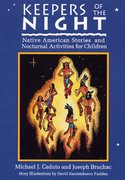

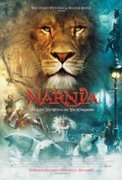



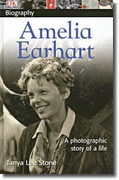
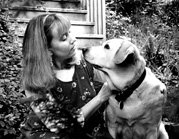



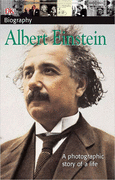
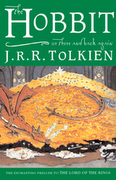

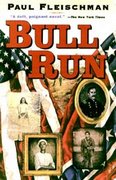
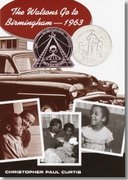




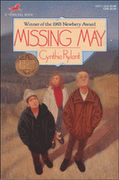
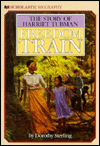






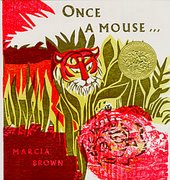
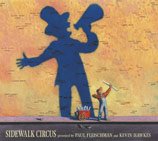
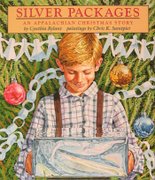


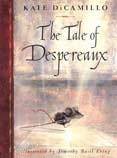

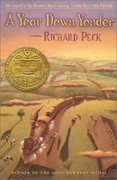




No comments:
Post a Comment